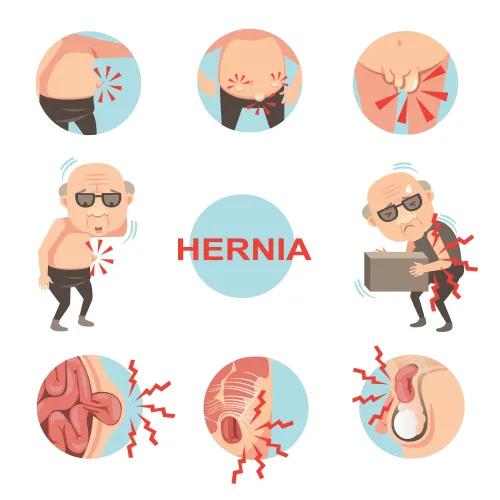Gastroenterology Coding Alert
CPT® Coding:
Finish 2019 With Strong Responses to This Coding Quiz
Published on Thu Nov 21, 2019

You’ve reached your limit of free articles. Already a subscriber? Log in.
Not a subscriber? Subscribe today to continue reading this article. Plus, you’ll get:
- Simple explanations of current healthcare regulations and payer programs
- Real-world reporting scenarios solved by our expert coders
- Industry news, such as MAC and RAC activities, the OIG Work Plan, and CERT reports
- Instant access to every article ever published in Revenue Cycle Insider
- 6 annual AAPC-approved CEUs
- The latest updates for CPT®, ICD-10-CM, HCPCS Level II, NCCI edits, modifiers, compliance, technology, practice management, and more
Related Articles
Other Articles in this issue of
Gastroenterology Coding Alert
- Compliance:
Find out How You Can Avoid This Gastroen¬terologist's Fate
Texas GI physician was found guilty in $16M fraud scheme. When your gastroenterologist certifies a [...] - CPT® Coding:
Finish 2019 With Strong Responses to This Coding Quiz
Challenge yourself — and enter 2020 with a bang. As 2019 comes to a close [...] - Billing:
Don't Treat Family Members Until You Read This Billing Advice
Remember: Medicare has special rules when it comes to treating family members. Most medical offices [...] - You Be the Coder:
Timing Is Everything When Collecting From Patients
Question: Thank you for your Q&A last month about how front desk staff should be [...] - Reader Question:
Polish Your 'Z' Code Knowledge
Question: Our insurer is now rejecting claims if they see tertiary diagnoses mentioned in the [...] - Reader Question:
Avoid Reporting Surgical, Diagnostic Endoscopy Codes Together
Question: Our GI physician performed a sigmoidoscopy for screening purposes. During the procedure, she detected [...] - Reader Question:
Look for Definitive Dx Before You Code
Question: Which diagnosis code should we report when the physician performs a colonoscopy and suspects [...] - Reader Question:
Get the Scoop on Medicare Secondary Payer
Question: Who is the Medicare Secondary Payer? Is that Tricare? Codify Subscriber Answer: The term [...]
View All




